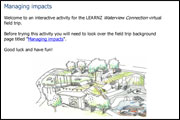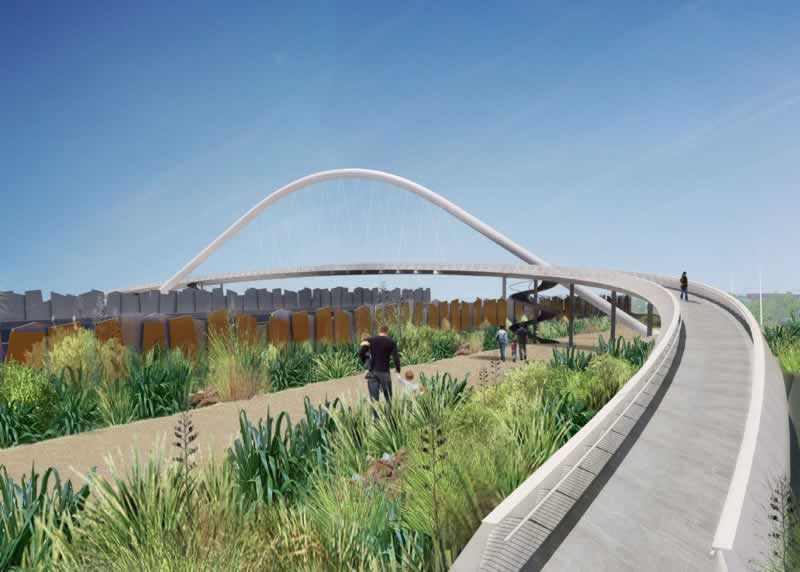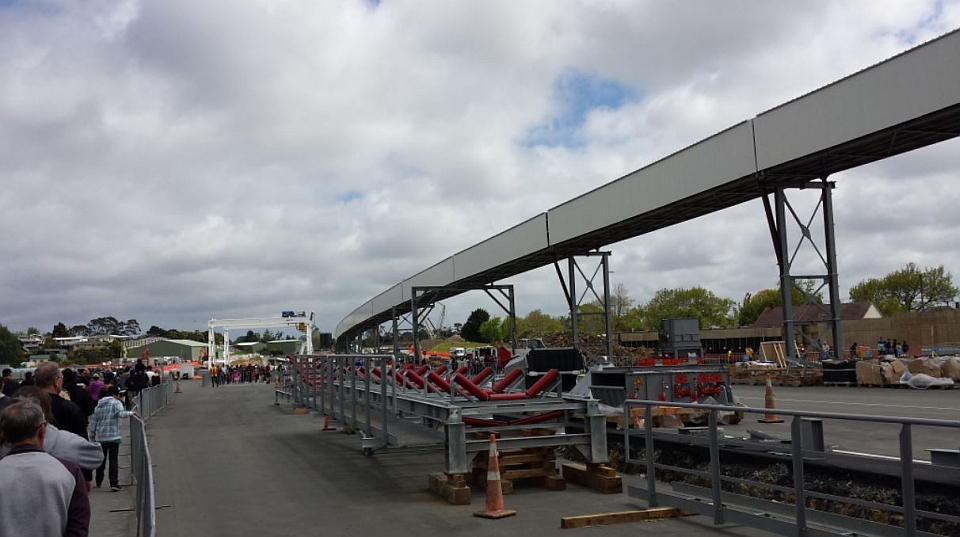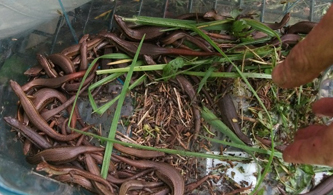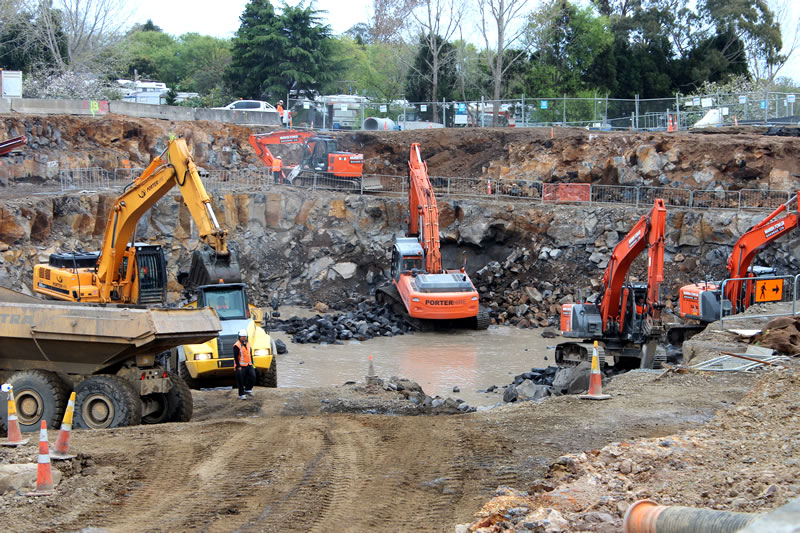The Waterview Connection project is bigger than any other road project in New Zealand. The Well-Connected Alliance has to work hard to reduce impacts on local people and businesses, to keep traffic moving around the work sites and to let people know about what’s coming up.
Monitoring stations have been set up on and around the work sites to monitor;
- air quality
- noise
- vibration
- ground movement
- water quality
The construction site must meet the rules set out by the Auckland City Council and share information from monitoring sites each month.
Blasting
To dig deep underground, the Alliance first needed to drill through layers of soft and hard rock to make a hole to begin the tunnel. Once this was done, a small blast removed harder volcanic rock. All blasting work took place during the day to reduce the impact on everyone living nearby. People were told when the blasts would happen so they knew what to expect.
Noise walls
Noise wall panels will be built in some places in and around the reserve. They will be designed to look like natural features and will block some of the noise from the motorway.
Water management
The Watercare sewer in Alan Wood Reserve needed to be moved away from where the new motorway would go. The work included clearing some plants, digging out rock, and laying new sewer pipes.
New storm-water ponds and a wetland area in Alan Wood Reserve will be made to treat storm-water runoff from the motorway. The ponds will be planted with typical wetland type plants.
Detours
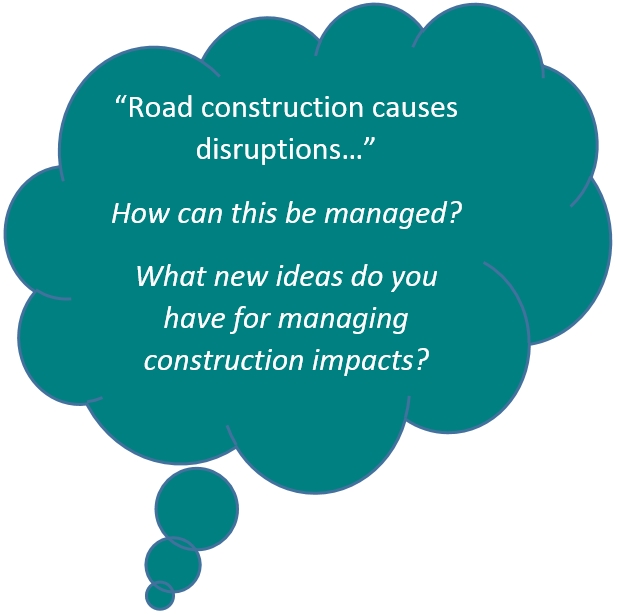
Detours have been put in areas around the work site to allow access and easy travel during building. Changes to detours and traffic layouts will be well publicised so local people know what to expect.
Spoil
Managing the huge amount of spoil (earth removed from the tunnel) is a major challenge for the Waterview Connection Project. By the time Alice the tunnel boring machine has finished her job, she will have brought out of the ground enough earth to fill 320 Olympic size swimming pools, around 800,000m3 in total!
As Alice moves forward the spoil is taken up a long conveyor to the spoil handling building, where it is stored. Both the spoil handling building and the conveyor are sound proofed to allow work 24 hours a day, six days per week.
The spoil is very wet as it comes out of Alice the TBM, so it stays in the bin for 24 hours so water can drain away, before being moved to the old Wiri Quarry. At the quarry it is being used as fill to raise the floor level so the space can be used.
Up to 300 truckloads of spoil are brought to Wiri each day. The trucks do not need to use local roads.

